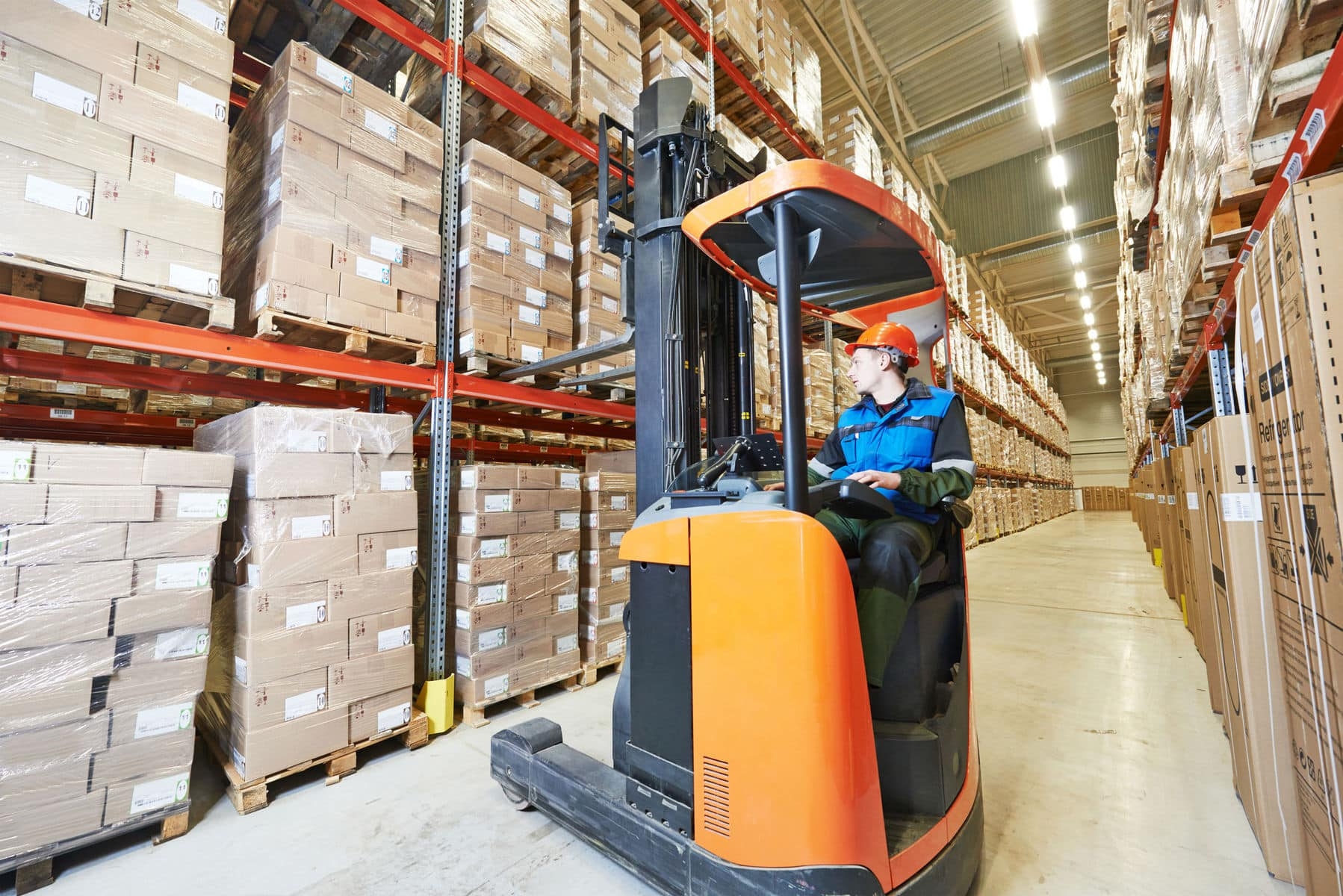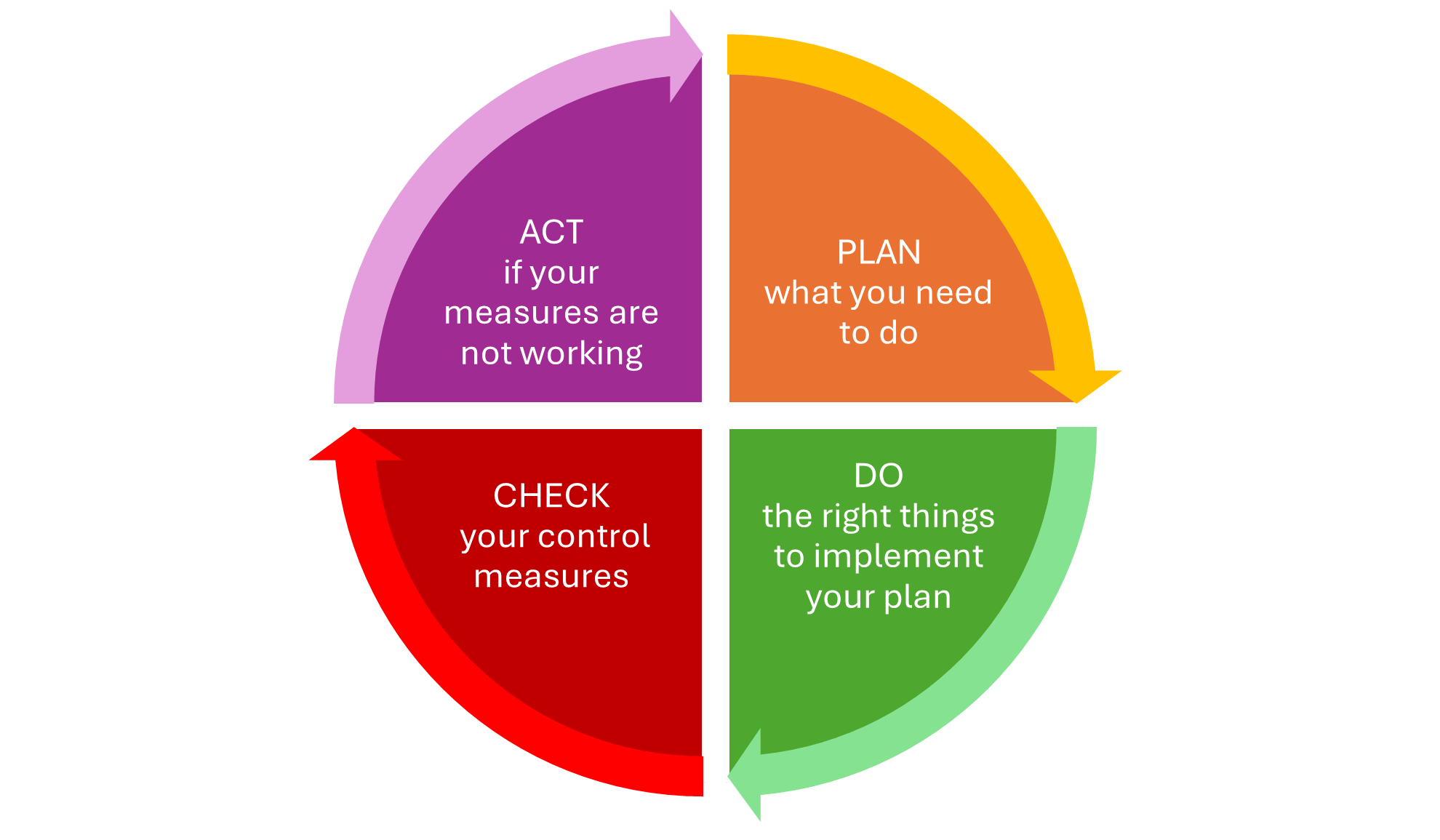An automated external defibrillator is used to help those experiencing sudden cardiac arrest. It is a sophisticated, easy to use medical device that can analyse the heart’s rhythm and if necessary, deliver an electrical shock or defibrillation to help the heart re-establish an effective rhythm.
By using a defibrillator before an ambulance arrives, you can significantly increase someone’s chance of survival.
Does My Workplace Need an Automated External Defibrillator?
The HSE outlines that to comply with the Health and Safety (First Aid) Regulations 1981, employers are not required to install a defibrillator (except for schools that are now required by the Department of Education to have at least one AED on the premises).
The Difference Between an Automatic and Semi-Automatic Defibrillator
An automatic defibrillator will deliver a shock automatically. Semi-automatic defibrillators require you to push a button to deliver the shock.
There are some defibrillators that have manual overrides, which allow you to initiate a charge and shock first without first analysing the heart rhythm. These defibrillators are typically used by emergency responders, paramedics, and advanced life support professionals.
Do You Have to be Trained to Use a Defibrillator?
You do not have to be trained to use a defibrillator, the defibrillator will guide you through what you need to do with simple voice instructions and visual prompts. However, it is advisable to encourage everyone to take defibrillator training to ensure they are familiar with the device and ready to act in an emergency with confidence.
All makes of defibrillators provide voice instructions or visual prompts instructing you what to do, from performing CPR to attaching the pads.
All defibrillators check the heart rhythm of the casualty to determine if a shock is needed to be delivered. If it is an automatic defibrillator, a shock will be delivered automatically and if it is a semi-automatic defibrillator, the voice instructions will prompt you when to push a button to deliver a shock.
Will You Need to Carry out CPR if you Use a Defibrillator?
The answer to this question is yes you will, as you should start CPR as soon as possible. It is advisable to learn Cardiopulmonary Resuscitation (CPR) in advance, so you know exactly what to do. The defibrillator will indicate when to start and stop CPR and will guide you through how to do CPR.
What You Should Consider when Purchasing a Defibrillator
- Who will likely need the defibrillator: in some cases, children will need separate paediatric defibrillation pads.
- Storing your defibrillator: fixed-location defibrillators should be stored in a cabinet, or on a wall bracket, with the appropriate signage in place.
- Training: Can ensure you are familiar with the device and ready to act quickly in the event of an emergency.
- Educating your community: Ensure your colleagues or community members are aware of the defibrillator, where it is located, how to access it and how to use it.
Should a Defibrillator be Kept in a Locked Cabinet?
Different Ambulance Trusts recommend different things when it comes to locking the cabinet. You will need to check with the local Ambulance Trust in your area for their advice.
Some defibrillator cabinets are alarmed rather than locked, this lets people know that the defibrillator is being accessed.
What Other Items Do You Need to Consider?
It is advisable to also have the following items with your defibrillator.
- A towel, tissues or wipes to dry the casualty’s chest in case it is wet or sweaty.
- A razor to shave the casualty’s chest, this is if the chest hair prevents good contact between the skin and pads.
- Scissors to cut away the casualty’s clothing.
- A face shield for administering CPR.
Using Defibrillators on Children, Pregnant Women, Pacemaker, or Implantable Cardioverter Defibrillator (ICD), Medication Patches
The standard defibrillator pads are suitable for use on children over the age of eight years old. For children aged between one and eight years, consider using a paediatric defibrillator or a standard defibrillator with paediatric pads. The paediatric pads adjust the current delivered during defibrillation.
Unfortunately, at this current moment in time, there is limited data available regarding the use of defibrillators on children under the age of one year old. However, it is acceptable to do so where there are no other options available.
If you must use adult pads on a small child and the child is so small that placing the pads in the normal position will result in the pads touching. Then the ‘Top Right’ pad should be placed in the centre of the chest and the ‘Bottom Left’ pad should be placed between the shoulder blades.
There is nothing to indicate that a defibrillator cannot be used on pregnant women.
Where a casualty has a pacemaker or ICD, you can still use the defibrillator and if you feel a device under the chest skin, do not place the pad directly over it.
Where the casualty has a medication patch on their chest, remove it before applying the defibrillator pads.
Defibrillator Maintenance
- Pads and batteries: Pads and batteries expire and will need replacing even if the defibrillator has not been used. The typical shelf life of pads and batteries is two to five years, this is of course dependant on the model. Pad and battery expiry dates are typically displayed next to an hourglass or egg timer symbol.
- You need to buy a new set of pads after each use.
- Unused or expired electrode pads contain no hazardous material, so they can be disposed of as general waste.
- If the pads have been used, they may have been contaminated with blood or other potentially infectious materials, so they should be disposed of appropriately i.e., as infectious waste.
- Defibrillator servicing: You will need to consult the defibrillators user’s manual for servicing information relating to your device.
- Most defibrillators self-test on a daily or monthly basis, so the device will signal with a flashing light or audible alarm to alert you that there is a problem.
Do Defibrillators Need to be Registered?
If your defibrillator is not registered on ‘The Circuit,’ ambulance services cannot find it when it is needed most. Every defibrillator needs someone to ensure it is registered and ready to use to save a life, ‘The Circuit’ can help you do that with their regular reminders about the upkeep of your defibrillator. You can register your device here
If you need further advice on AED’s, give us a call on 033 33 215 005 or e-mail websiteenquiries@wirehouse-es.com






